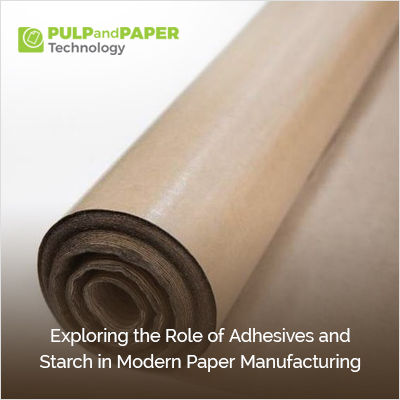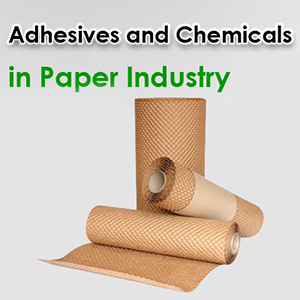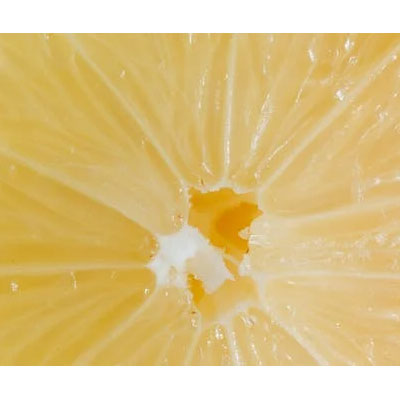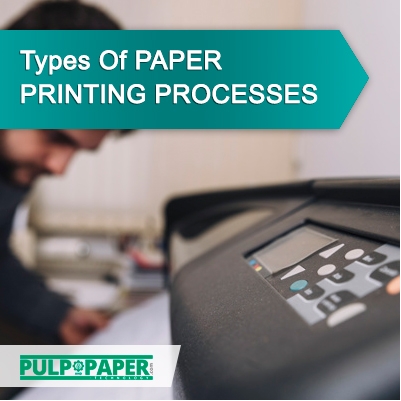Exploring the Role of Adhesives and Starch in Modern Paper Manufacturing

In the world of modern paper manufacturing, the role of adhesives and starch cannot be underestimated. These two components play a crucial role in ensuring the quality, strength, and durability of paper products that we use daily. Adhesives are used in various stages of the paper-making process, from the initial bonding of fibers to the final lamination and coating. They help create a strong connection between the fibers, resulting in a cohesive sheet of paper. On the other hand, starch is used as a binder and surface coating material, enhancing the smoothness and printability of the paper. Not only do adhesives and starch contribute to the mechanical properties of paper, but they also have environmental benefits. Many manufacturers are now opting for eco-friendly adhesives and starch solutions that minimize waste and reduce the carbon footprint.
The History of Adhesives and Starch in Paper Production
The use of adhesives and starch in paper production dates back centuries. In ancient times, natural adhesives such as plant resins and animal glues were commonly used to bind fibers together. Starch, derived from various sources including maize, potatoes, and rice, was also used as a sizing agent to improve the strength and smoothness of paper.
As papermaking techniques evolved, so did the adhesives and starch used in the process. In the 19th century, the development of synthetic adhesives revolutionized the industry. Synthetic adhesives offered improved bonding strength and resistance to moisture, making them ideal for various paper applications. Similarly, advancements in starch processing and modification techniques allowed for more precise control over the properties of starch, leading to enhanced paper quality.
The Importance of Adhesives and Starch in Paper Strength and Durability
Adhesives and starch play a vital role in determining the strength and durability of paper. Adhesives act as a binding agent, holding the fibers together to form a cohesive sheet. The type and amount of adhesive used can greatly impact the tensile strength, tear resistance, and dimensional stability of the paper. Additionally, adhesives help improve the surface smoothness and printability of the paper, ensuring high-quality printing results.
Starch, on the other hand, is used as a sizing agent and surface coating material. Sizing refers to the process of applying a thin layer of starch to the surface of the paper, which helps control ink absorption and prevents ink from bleeding. This results in sharper and more vibrant printouts. Starch also enhances the surface strength of the paper, making it more resistant to abrasion and smudging. Furthermore, starch improves the formation of paper by providing better drainage and retention of fines, resulting in a more uniform sheet.
Types of Adhesives Used in Paper Manufacturing
There are various types of adhesives used in paper manufacturing, each with its unique properties and applications. One commonly used adhesive is known as wet-strength resin. It is added to the paper pulp during the manufacturing process to improve the paper's strength when wet, making it suitable for applications that involve exposure to moisture, such as packaging materials and labels.
Another type of adhesive is called dry-strength resin. This adhesive is added to the paper after it has been formed and dried. Dry-strength resins improve the strength and stiffness of the paper, making it more suitable for applications that require high tensile strength, such as paper bags and cardboard.
In addition to these synthetic adhesives, natural adhesives such as soy protein-based adhesives and starch-based adhesives are also used in paper manufacturing. These eco-friendly alternatives offer similar performance to their synthetic counterparts while being more sustainable and biodegradable.
The Role of Starch in Paper Sizing and Coating
Starch plays a crucial role in paper sizing and coating, contributing to both the strength and printability of the paper. Sizing refers to the process of applying starch or other sizing agents to the paper surface to control its ink absorption properties. Starch acts as a barrier, preventing ink from penetrating too deeply into the paper fibers and causing ink to bleed.
In addition to sizing, starch is also used as a coating material. Coating refers to the process of applying a thin layer of starch onto the paper surface to enhance its smoothness and printability. The starch coating fills in the gaps between the paper fibers, creating a more uniform surface that allows for sharper and more vibrant printing results.
The type and amount of starch used in sizing and coating can greatly affect the performance of the paper. Different types of starch, such as native starch, modified starch, and cationic starch, offer varying degrees of water resistance, smoothness, and printability. Manufacturers carefully select the appropriate starch type and formulation based on the desired paper properties and end-use applications.
The Impact of Adhesives and Starch on Paper Recycling and Sustainability
In recent years, there has been a growing emphasis on sustainability in the paper industry. Adhesives and starch play a significant role in promoting paper recycling and reducing the environmental impact of paper production.
The use of eco-friendly adhesives, such as water-based adhesives and adhesives made from renewable sources, has become increasingly common. These adhesives offer comparable performance to traditional adhesives while reducing the carbon footprint and minimizing waste. Water-based adhesives, in particular, are favored for their low VOC emissions and easy recyclability.
Starch, being a natural and renewable resource, is also a sustainable choice for paper manufacturing. The use of starch-based sizing agents and coatings reduces the reliance on synthetic chemicals and promotes a more environmentally friendly production process. Additionally, starch is biodegradable, further contributing to the sustainability of paper products.
Innovations in Adhesive and Starch Technology in the Paper Industry
The paper industry is constantly evolving, with continuous advancements in adhesive and starch technology. Manufacturers are investing in research and development to create innovative solutions that further enhance the quality, strength, and sustainability of paper products.
One notable innovation is the development of bio-based adhesives derived from renewable sources such as corn, soybeans, and lignin. These adhesives offer comparable performance to synthetic adhesives while being more environmentally friendly. Additionally, bio-based adhesives have a lower carbon footprint and can contribute to the circular economy by promoting the use of renewable resources.
In the realm of starch technology, researchers are exploring new methods of starch modification to improve its performance in paper applications. Modified starches with enhanced water resistance, film-forming properties, and printability are being developed to meet the specific requirements of different paper grades and applications.
Challenges and Solutions in Using Adhesives and Starch in Paper Manufacturing
While adhesives and starch offer numerous benefits in paper manufacturing, there are also challenges associated with their use. One common challenge is the compatibility of adhesives and starch with different paper grades and processing conditions. Manufacturers need to carefully select the appropriate adhesive or starch type that can withstand the specific requirements of the papermaking process and end-use applications.
Another challenge is the development of adhesives and starch solutions that are more resistant to environmental factors such as moisture and heat. Paper products that are exposed to high humidity or extreme temperatures may experience a decrease in adhesive or starch performance, leading to reduced paper quality. Researchers are actively working on improving the resistance of adhesives and starches to ensure optimal performance in various environmental conditions.
Case Studies and Success Stories in Utilizing Adhesives and Starch in Paper Production
Several case studies and success stories highlight the effectiveness of adhesives and starch in modern paper production. One such example is the use of water-based adhesives in packaging materials. By replacing solvent-based adhesives with water-based alternatives, manufacturers have achieved significant reductions in VOC emissions and improved the recyclability of packaging materials.
Another success story involves the utilization of modified starches in high-quality printing papers. By carefully modifying the starch properties, manufacturers have been able to achieve smoother, more print-friendly surfaces, resulting in enhanced print quality and customer satisfaction.
These case studies demonstrate the importance of selecting the right adhesive or starch for specific applications and the positive impact it can have on paper quality and sustainability.
Conclusion: The Future of Adhesives and Starch in Modern Paper Manufacturing
As the paper industry continues to evolve, the role of adhesives and starch in modern paper manufacturing will only grow in importance. Manufacturers are increasingly recognizing the need for sustainable and environmentally friendly solutions that do not compromise the quality and performance of paper products.
The development of bio-based adhesives and starches, along with advancements in adhesive and starch modification techniques, will pave the way for more sustainable and innovative paper manufacturing processes. By harnessing the power of adhesives and starch, manufacturers can create paper products that are not only strong and durable but also eco-friendly and recyclable.
In conclusion, the perfect bond in papermaking is achieved through the careful selection and application of adhesives and starch. These components contribute to the strength, durability, and printability of paper, while also promoting sustainability and environmental responsibility. The future of adhesives and starch in modern paper manufacturing is bright, offering endless possibilities for creating high-quality, eco-friendly paper products that meet the demands of a rapidly changing world.








